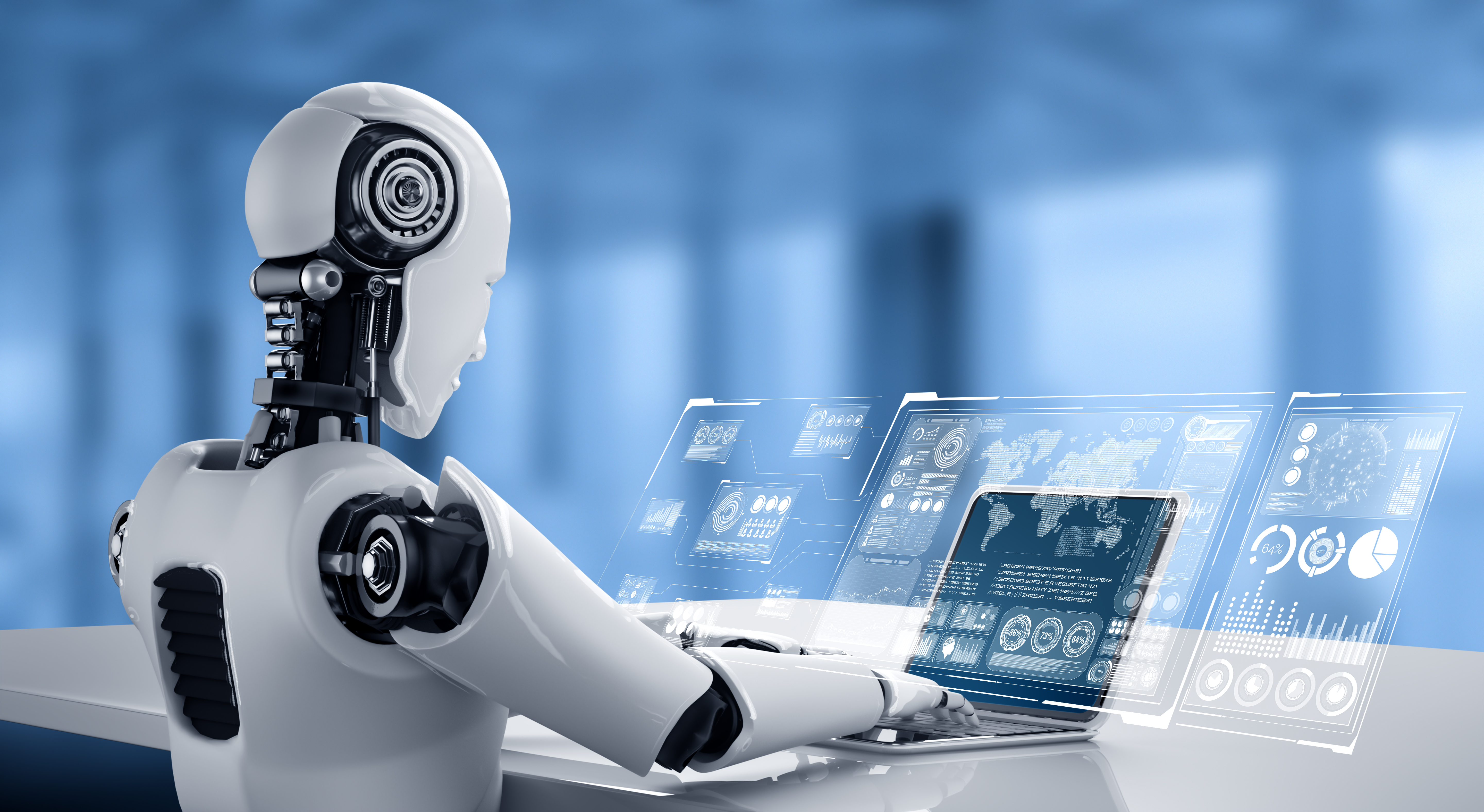
For decades, robotics languished in the purgatory of pilot projects. Corporations staged sterile demonstrations, whispered of utopian returns, and yet the machinery remained shackled to the scaffolding of unfulfilled promises. But when artificial intelligence shed its academic crutches and strode into the realm of practical deployment, the gears of inevitability began to turn. The world, it seems, has finally granted these machines the keys to its kingdom.
The alchemy of advanced AI models now permits robots to parse their surroundings with a semblance of reason, to plan tasks without the fetters of hard-coded scripts. The market, ever the sycophant to progress, has taken notice. Industry prognosticators whisper of a $190 billion to $400 billion behemoth by 2035-a figure so vast it risks becoming a parable of hubris. Yet within this cacophony, three stocks emerge as both architects and prisoners of the revolution.
A titan of scale, a gambler on humanoids, and a warehouse maestro with a backlog to rival the Library of Babel-each offers a prism through which to view the collision of capital and automation. Let us dissect their fates with the precision of a surgeon and the cynicism of a man who has seen too many empires rise on grease and fall on hubris.
The Scale Player: A Symphony of Silent Labor
Amazon (AMZN), that colossus of convenience, crossed the one-million-robot threshold in mid-2025-a milestone less about numbers and more about the quiet erasure of human toil. Its DeepFleet model, they claim, will eke out a 10% efficiency gain in fulfillment centers, though one wonders if such metrics mask the deeper erosion of labor’s dignity. Systems like Sequoia, Hercules, and Sparrow do not merely sort packages; they methodically dismantle the need for human hands, replacing them with cold, tireless precision.
For investors, the allure is self-evident: lower costs per package, faster delivery times, and margins that swell like a well-fed beast. Yet beneath the veneer of operational elegance lies a paradox. As robotics compound their dominance, Amazon’s ecosystem becomes a labyrinth of interdependence-AWS, advertising, and Prime logistics entwined so tightly that disentangling profit from automation’s shadow grows impossible. The stock’s premium valuation hinges on this very tension: a revolution that enriches shareholders even as it renders human labor obsolete.
The Humanoid Gambit: Optimus or Ozymandias?
Tesla (TSLA)’s Optimus project is less a product than a parable of modern ambition. Elon Musk’s humanoid robot, with its awkward gait and corporate fanfare, embodies the American fetish for disruption. Yet the near-term impact is not revenue but margin engineering-a calculus of subtracting human touchpoints from factories while offsetting R&D expenditures. One might call it the Sisyphean task of building a future that does not yet exist, all while the present demands quarterly justifications.
The long-term vision-a new revenue stream from robot sales-is a mirage that glints just beyond the desert of current capabilities. Until Optimus can reliably navigate the chaos of human environments, investors are left parsing factory metrics: fewer injuries, faster cycle times, reduced rework. These are not triumphs of autonomy but incremental concessions to efficiency, a Faustian bargain where progress is measured in cents saved, not lives transformed.
The Warehouse Leviathan: A Bureaucracy of Boxes
Symbotic (SYM) does not sell robots; it sells the architecture of control. Its warehouse systems, with their high-speed retrieval and sequencing, are the bureaucratic apotheosis of retail. Fiscal Q3 2025 revenue of $592 million and a $22.4 billion backlog paint a portrait of a company less in the automation business and more in the annuity game. Walmart and its ilk have outsourced their logistical souls to Symbotic’s machines, which now dictate the rhythm of inventory with the indifference of a clockwork tyrant.
For now, the thesis rests on converting backlog into installations and hardware into software margins. But as these systems mature, the company’s true challenge will be to justify its existence in a world where warehouses themselves may become relics. The shift to higher-margin software is a defensible strategy-but it is also a confession that the physical machinery is merely the prologue. The real revolution, if it comes, will be in the algorithms that render even Symbotic’s systems redundant.
Investors, ever the pragmatists, will weigh these stocks not on moral grounds but on the cold arithmetic of growth. Yet in the machinery of progress, one cannot ignore the human cost-the displaced workers, the hollowed-out factories, the quiet erosion of agency. The future is being built by these robots, but it is we who must live in it. 🤖
Read More
- 🚀 Doge’s Zero-Hour: Will It Go From Hero to Zero? 😱
- Calumet’s Exit: A $7M Omen for the Struggling
- Actor James Ransone Has Passed Away, Age 46
- STX PREDICTION. STX cryptocurrency
- D-Wave Quantum Stock: A Curious Rise in the Tech Cosmos
- Gold Rate Forecast
- Sanctions Turn Russia’s Crypto Ban into a World-Class Gimmick! 🤑
- ENA: Will it Sink or Swim? 🌊
- 25 Best G-Rated Christmas Movies (& Why You Should Watch Them)
- VOO vs. QQQ: A Skeptic’s Gaze at Stability and Growth
2025-10-15 15:58